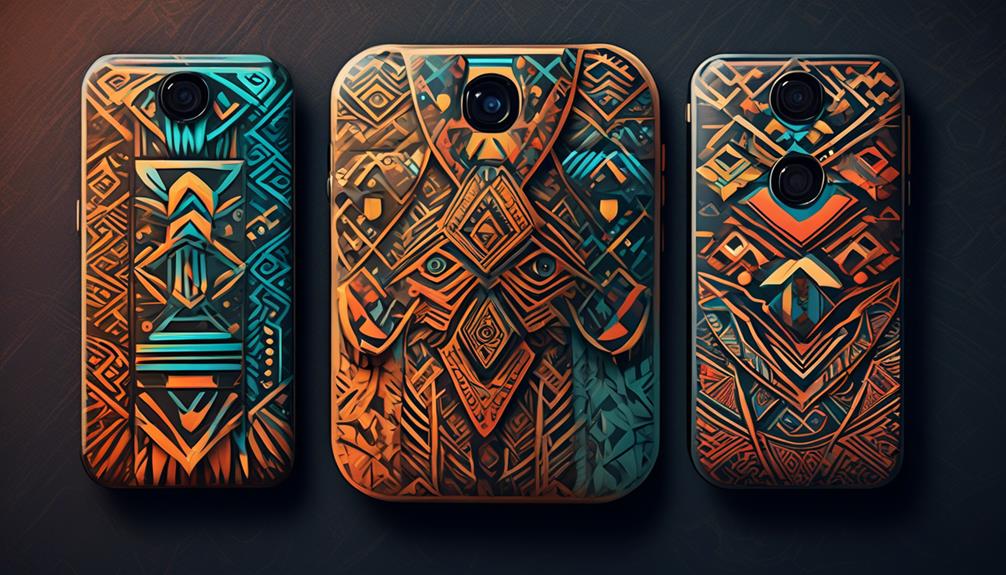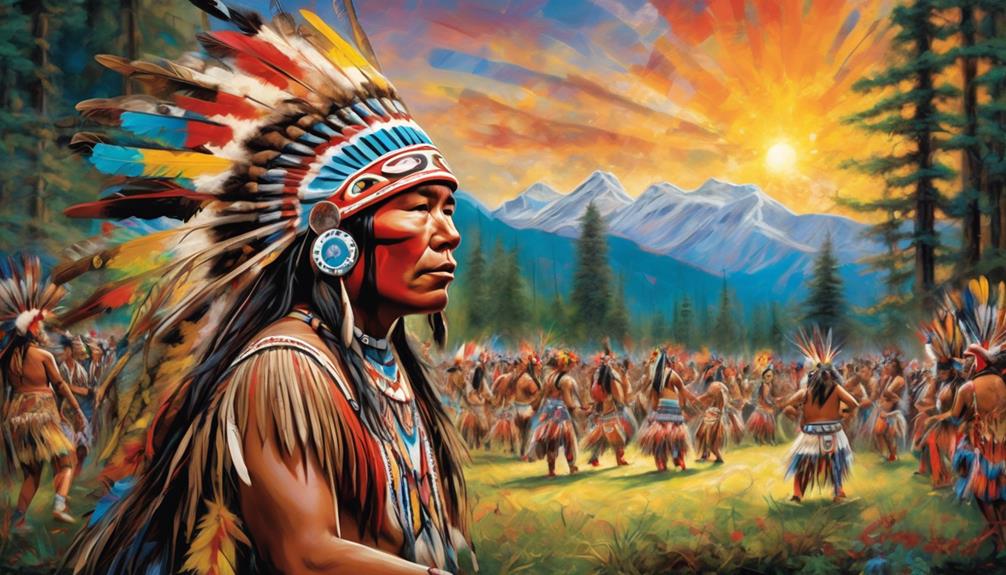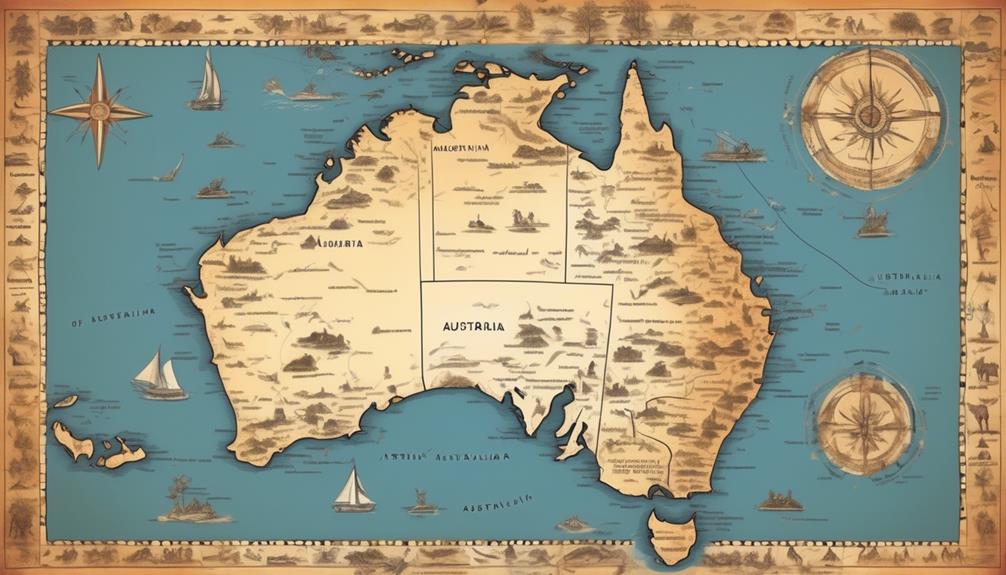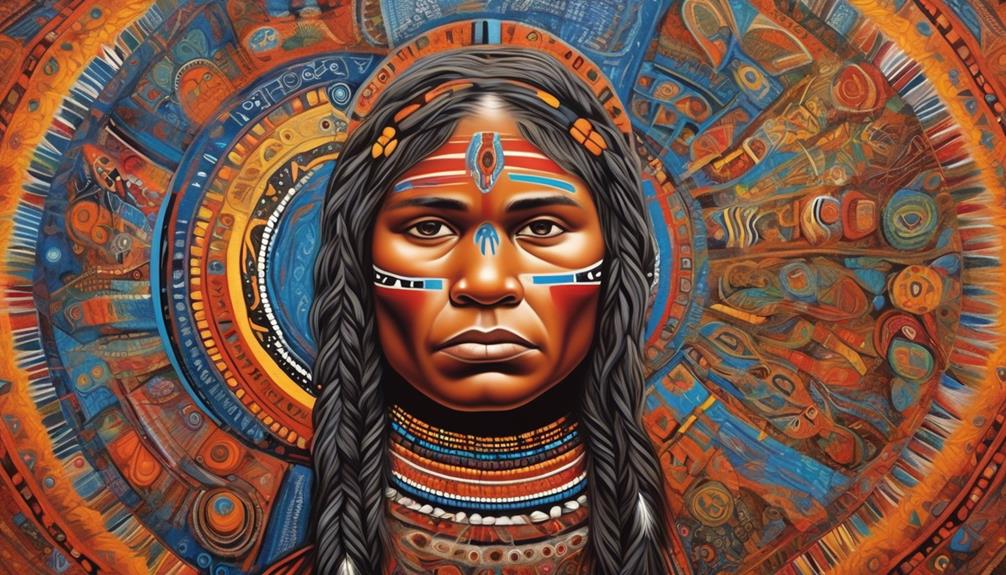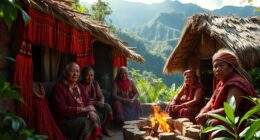Choosing between native and hybrid applications can feel like navigating through a choose-your-own-adventure novel. Your decision will have a big impact on your app’s performance, the user experience it provides, and the development timeline.
But before you make your choice, it's important to weigh the pros and cons of each option.
So, how do you navigate through this maze of considerations and come to a decision that best suits your app's needs?
Key Takeaways
- Native app development requires platform-specific expertise and can be more expensive due to longer development timelines, while hybrid app development offers a more streamlined and cost-effective approach.
- Native apps have direct access to all device features and can ensure secure access to sensitive device features and data, while hybrid apps may have limitations in accessing advanced features due to platform-specific limitations.
- Native apps are often more scalable for adding new features or accommodating changes and require a proactive approach to maintenance, while hybrid apps offer features like code reusability and simplified maintenance.
- Consistent updates are essential for both native and hybrid apps to stay compatible with new device features, but native apps may involve higher initial development costs and have more robust security measures in place.
Performance
When developing a mobile app, it's essential to consider performance, as it directly impacts the user experience and overall success of the application. Two critical aspects of performance are battery consumption and speed. Excessive battery consumption can lead to negative user feedback and uninstallation. To mitigate this, optimize the app's code to minimize background processes and reduce network calls. Additionally, prioritize speed by leveraging efficient algorithms and minimizing network latency.
Memory usage and responsiveness are also pivotal for delivering a high-performing app. High memory usage can lead to sluggish performance and potential crashes. It's crucial to optimize memory usage by efficiently managing data and resources. Furthermore, responsiveness plays a significant role in user satisfaction. A responsive app delivers seamless interactions and quick load times. Achieve this by optimizing UI components and leveraging hardware acceleration where possible.
User Experience

To ensure an exceptional user experience, optimize the app's performance by minimizing battery consumption and maximizing speed, which directly impacts user satisfaction and overall app success. When considering user experience in app development, customization options and user engagement strategies play a crucial role. Providing users with the ability to personalize their experience within the app enhances their satisfaction and loyalty. Additionally, implementing effective user engagement strategies such as push notifications, in-app messaging, and personalized content recommendations can significantly improve user retention and overall satisfaction.
| Customization Options | User Engagement Strategies | Impact |
|---|---|---|
| Personalized themes | Push notifications | Higher user satisfaction |
| Tailored content | In-app messaging | Improved user retention |
| Adaptive layouts | Personalized recommendations | Enhanced user loyalty |
Development Time
Considering the optimization of development time in app creation, efficient use of resources and streamlined workflows are crucial for achieving timely delivery and maximizing productivity. When comparing native and hybrid app development, the allocation of resources and the cost comparison play significant roles in determining the most efficient approach for your project.
- Resource Allocation:
Native app development often requires platform-specific expertise, leading to the need for multiple development teams to cater to different platforms. In contrast, hybrid app development allows for a more streamlined approach, as a single development team can work on creating an app that functions across multiple platforms, reducing the need for separate resources.
- Cost Comparison:
Native app development can be more expensive due to the need for separate development teams and longer development timelines. Hybrid app development, on the other hand, often proves to be more cost-effective, as it requires fewer resources and less time to develop and maintain the app for multiple platforms.
- Efficiency in Workflow:
Hybrid app development frameworks offer features such as code reusability and simplified maintenance, which can significantly reduce development time and effort, leading to more efficient workflows and quicker delivery of the app.
Access to Device Features

In native app development, direct access to device features is typically facilitated through platform-specific APIs, enabling precise integration of hardware functionalities into the app's user experience. This access allows for greater control and optimization of device features, resulting in a seamless and high-performance user experience. However, it's important to consider device compatibility and feature limitations when utilizing native APIs for accessing device features.
| Device Compatibility | Feature Limitations |
|---|---|
| Native apps can directly | Some advanced features |
| access all the features | may not be accessible |
| of the device, ensuring | due to platform-specific |
| full compatibility. | limitations. |
Security and data access restrictions are also important considerations when accessing device features. Native apps often have more robust security measures in place, allowing for secure access to sensitive device features and data. By leveraging platform-specific security protocols, native apps can ensure that user data and device functionalities are protected from potential vulnerabilities.
Maintenance and Updates
When addressing maintenance and updates for native app development, it's crucial to ensure consistent optimization and integration with device features to uphold the high-performance standards established in the initial development phase. This involves carefully considering the following key aspects:
- Cost Implications: Maintenance and updates for native apps may involve higher initial development costs compared to hybrid apps. However, in the long term, the cost implications are often lower due to the reduced need for ongoing maintenance and the ability to leverage platform-specific optimizations.
- Scalability: Native apps are often more scalable when it comes to adding new features or accommodating changes in user requirements. This scalability is essential for ensuring that the app can evolve over time without compromising performance or user experience.
- Consistent Updates: With native apps, it's essential to stay abreast of platform updates and ensure compatibility with new device features. This requires a proactive approach to maintenance to keep the app running smoothly and to take advantage of the latest capabilities offered by the underlying operating systems.
Considering these factors is critical for maintaining the high-performance standards and ensuring the longevity of native apps.
Frequently Asked Questions
What Are the Security Considerations for Native Vs Hybrid Apps?
When considering security implications for native vs hybrid apps, it's crucial to assess the potential vulnerabilities in both platforms.
Native apps may offer stronger security due to direct access to device features, while hybrid apps, relying on web views, can introduce additional risks.
This distinction is essential to comprehend when evaluating the performance differences and deciding on the most suitable approach for your app.
How Do Native and Hybrid Apps Differ in Terms of Offline Functionality?
When it comes to offline functionality, native apps are optimized for performance and resource utilization, enabling seamless offline capabilities and efficient data synchronization.
On the other hand, hybrid apps may encounter challenges in delivering the same level of performance and resource optimization, affecting their offline capabilities.
Understanding these differences can help you make informed decisions when choosing between the two app development approaches for your specific offline functionality requirements.
Can Native and Hybrid Apps Integrate With Third-Party Services and APIs in the Same Way?
Yes, both native and hybrid apps have robust integration capabilities with third-party services and APIs.
When comparing performance, native apps typically have faster access to device features and can achieve higher performance benchmarks. However, modern hybrid frameworks and tools have made significant improvements, narrowing the performance gap.
Careful consideration of specific integration requirements and performance expectations will help determine the best approach for your app.
What Are the Differences in Cost Between Developing Native and Hybrid Apps?
When considering the cost comparison between developing native and hybrid apps, it's essential to conduct a thorough performance analysis to determine the trade-offs.
Native apps typically require more resources and time for development, resulting in higher upfront costs.
On the other hand, hybrid apps can offer cost savings due to their ability to share a single codebase across multiple platforms, reducing development time and expenses.
However, it's crucial to weigh these cost differences against performance and user experience considerations.
How Do Native and Hybrid Apps Handle Background Processes and Multitasking on Different Devices?
When handling background processes and multitasking on different devices, it's crucial to consider device compatibility and performance.
Background processes can impact battery life and device performance. Multitasking requires efficient memory management and CPU utilization.
Both native and hybrid apps need to optimize these aspects for seamless operation. Understanding how each type of app handles these tasks is essential for maximizing user experience and ensuring smooth performance across various devices.
Conclusion
When it comes to native vs hybrid app development, the choice ultimately comes down to performance, user experience, development time, and access to device features.
While native apps offer better performance and access to device features, hybrid apps excel in development time and maintenance.
By carefully weighing the pros and cons, you can make an informed decision that best aligns with your strategic goals and technical requirements.
Ultimately, the choice you make will impact the success of your app in the market.
